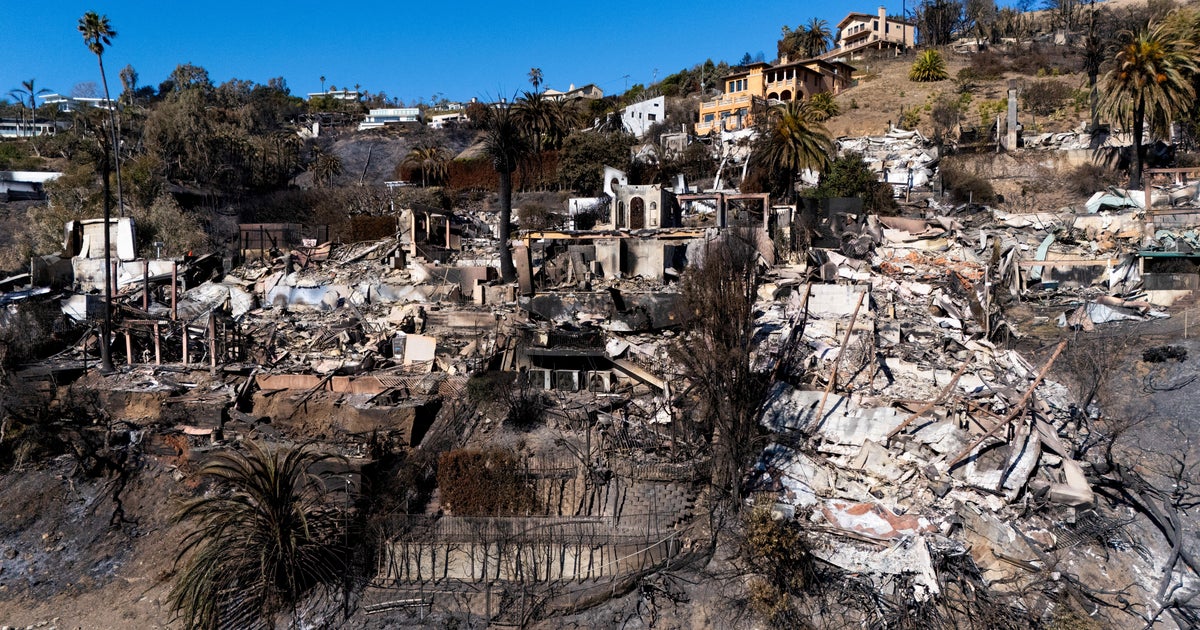More than 400 aftershocks followed 5.2-magnitude quake that rattled Southern California. Here's why.
More than 400 tremors have followed a 5.2-magnitude earthquake near Bakersfield that sent shaking across Southern California earlier this week.
The quake struck the southernmost end of the Central Valley, about 90 miles north of downtown Los Angeles, just after 9 p.m. Tuesday and was felt throughout parts of Kern, Los Angeles and Ventura counties. In the two days since, there have been 74 smaller earthquakes measuring a magnitude of 2.5 and above within 10 miles of the epicenter of Tuesday night's temblor.
When taking into account much smaller quakes — tremors measuring as low as less than a 1.0 magnitude — there have been more than 400 in the two days since and within 10 miles of Tuesday's quake, according to the U.S. Geological Survey.
On Friday, the rate of new quakes started to slow down. Seismologist John Vidale said that's pretty typical as time goes on.
"It declines over time — the rate of events," said Vidale, an earth science professor, researcher and seismologist at the University of Southern California. Although, he said such a pattern may not always be the case.
"It doesn't follow the theoretical curve all the time," he said.
Another area of seismology with no definitive rules? Aftershocks.
Vidale said there is no precise measurement for determining what is an aftershock — including no exact amount of distance from the epicenter of a larger quake or certain stretch of time since it happened.
"There's no fixed rule," he said.
But the more than 400 tremors near Bakersfield this past week do qualify as aftershocks, he said, because that specific region of California doesn't typically have that much seismic activity.
"It's a pretty quiet area so it's pretty easy for us to tell they're aftershocks," Vidale said.
"We'd call all of those aftershocks," he said. "We'd see hardly any if that [Tuesday night] earthquake hadn't happened."
Aftershocks, mainshocks and foreshocks
Aftershocks are smaller earthquakes that follow a so-called "mainshock," which is what Tuesday's 5.2-magnitude event appears to have been, according to California seismologist Dr. Lucy Jones. Aftershocks occur in the same general area as the mainshock and often follow such a quake due to fault lines lying underneath the surface of the earth.
"As a general rule, aftershocks represent minor readjustments along the portion of a fault that slipped at the time of the mainshock," according to the U.S. Geological Survey.
However, as Vidale explains, there's still conflicting opinions among seismologists over what actually causes these smaller quakes.
"We still argue about that," he said, explaining that one cause could be differences in the pressure underneath the earth's surface caused by a mainshock.
While defining the cause of aftershocks isn't so easy, defining what qualifies as one can be a little more straightforward. It's just a very broad definition.
"It has to be something close enough and soon enough after (a mainshock)," Vidale said, describing that as a "generic definition."
Along with aftershocks and mainshocks, there are also foreshocks, earthquakes that occur before a larger quake. It appears that Tuesday's quake was not a foreshock, Dr. Jones said that night. In the two days since, there have not been any more temblors of a similar magnitude to Tuesday's quake.
She said Tuesday that there is a one in 20 chance a given earthquake is a foreshock when it's first reported. And that possibility declines in the days following.
"The risk of it being a foreshock drops rapidly with time," Jones said of the Kern County quake. "By the time we get to three days out, essentially the risk will be all gone."
"A pretty active sequence"
About one quarter of all aftershocks happen within an hour of the mainshock, Jones explained. There were at least two aftershocks measuring above a magnitude of 4.0 within an hour of the 5.2-magnitude quake this week.
"That's a pretty active sequence for this very short amount of time since the event," Jones said.
Tuesday's earthquake had an especially high number of smaller quakes and tremors following it, particularly given the area where it happened, according to Vidale. He said that part of California would normally report just a few quakes or possibly even none during an average week.
That's why the hundreds of tiny quakes are very likely tied to the 5.2-magnitude mainshock, he said. And any earthquake raises the possibility of another quake in the near future, even if that probability does decline with time.
"Each of those aftershocks could trigger another earthquake," Vidale said.
"This sequence had more aftershocks than most," he noted. "And so that also raises the odds of future activity a little bit."
The earthquake earlier this week happened in the same area as a 7.2-magnitude quake that struck in 1952, according to Jones. However, she said it appears they are not associated with the same fault.



